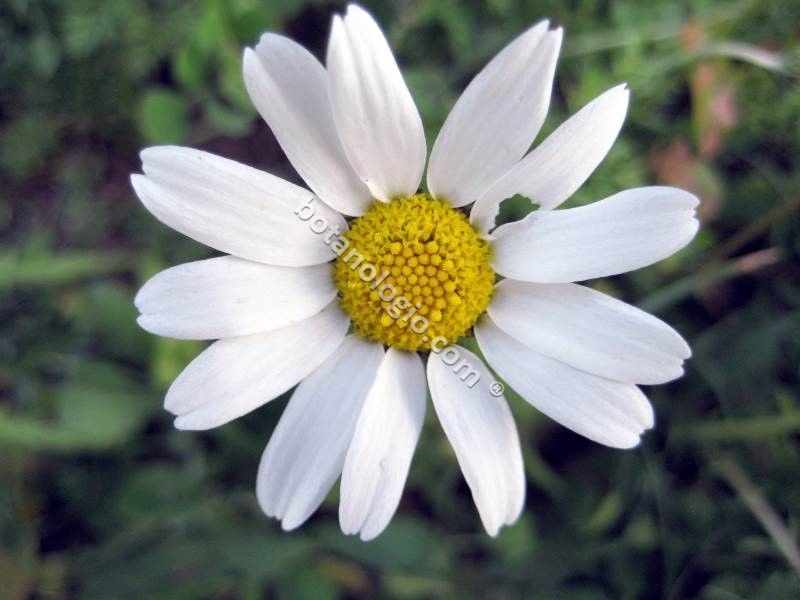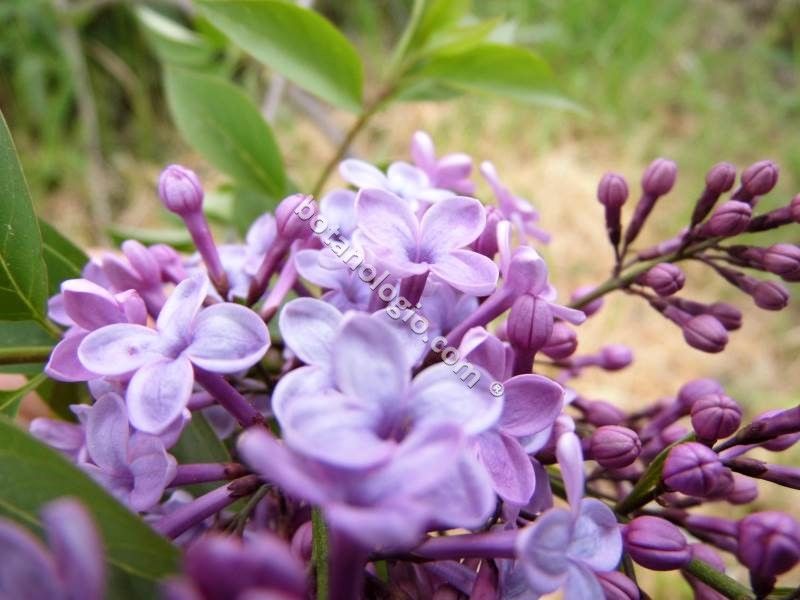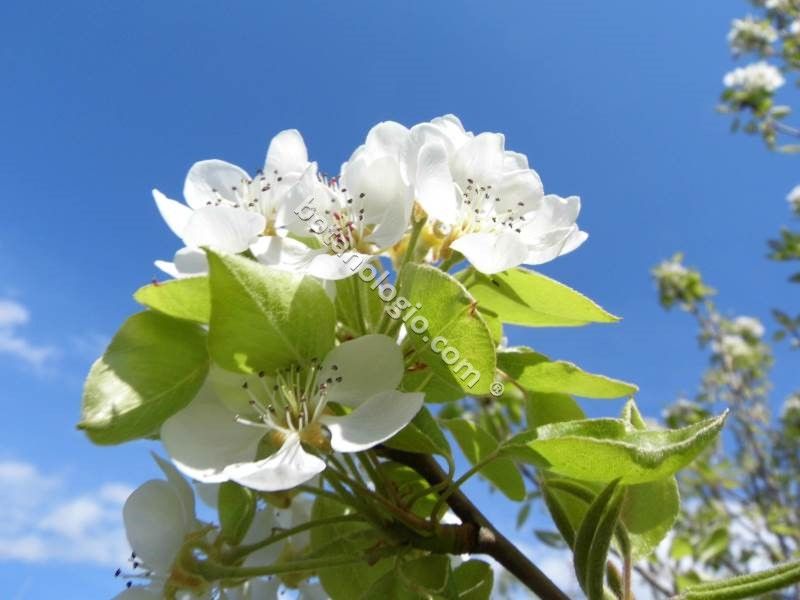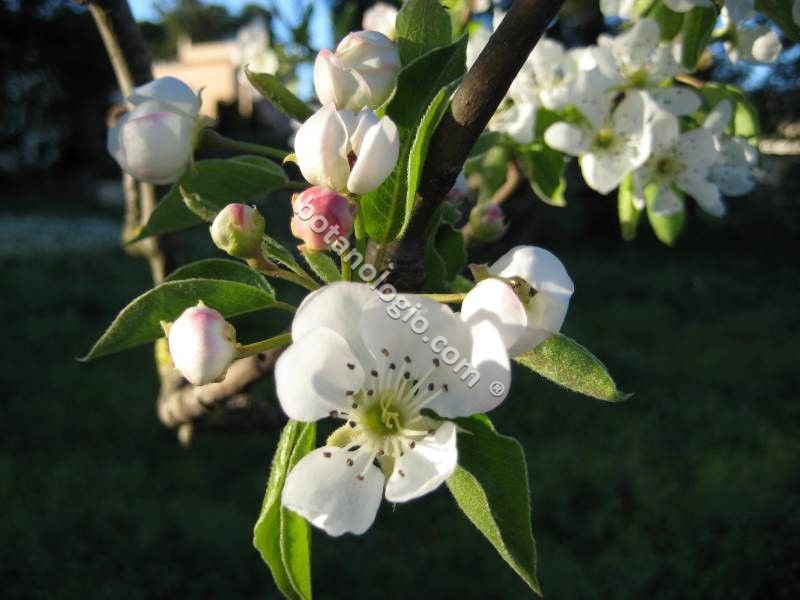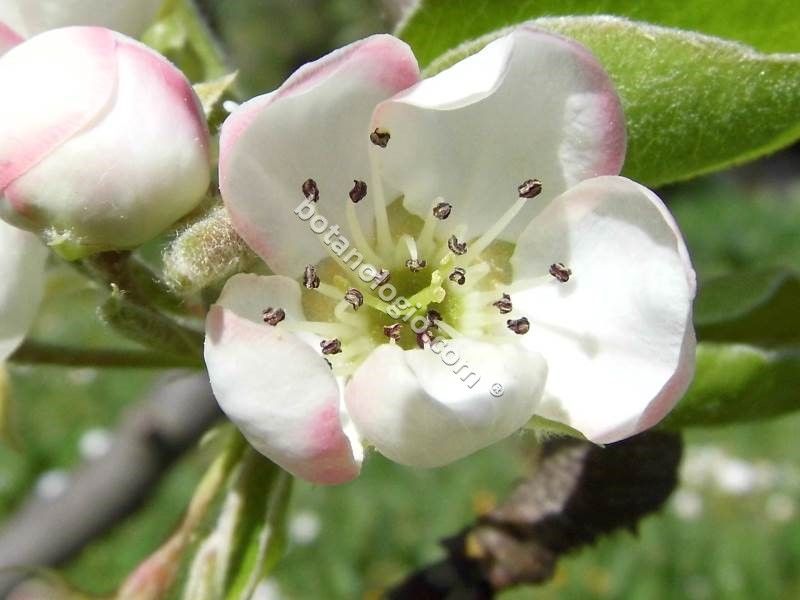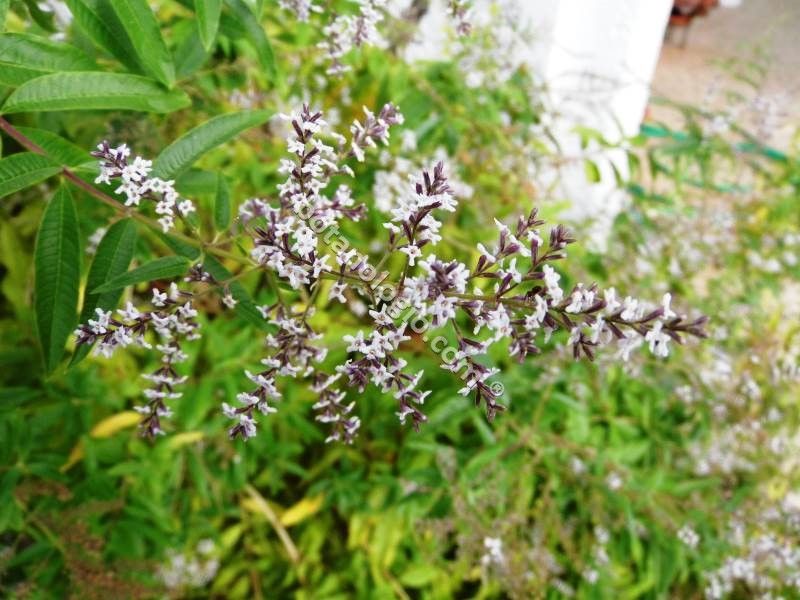Pine nuts, how to collect

Pine nut is a special fruit with crisp and creamy texture, which is not included in the herbs but has great nutritional value as mentioned in therapeutic properties. You will find The kernel in female cones, and in a wide range of color and size, depending on the country of origin.
The nutrient content is important, from vitamins, minerals, trace elements and monosaturated fatty acids, important for the protection of the heart. Their content of minerals and trace elements are important, such as potassium, calcium, magnesium, zinc, iron, selenium and especially manganese.
The b vitamin complex, essential for healthy metabolism, brain function, the nervous and cardiovascular system, exists in a high content in pine nuts whilst also important is the antioxidant activity of vitamin E.
Pine trees with edible fruit grown all over Europe, Siberia and Canada, while major varieties originate from Pakistan, India and Afghanistan. The difference between fruit from the northern hemisphere to the East, is that the pine nuts from North are comparatively long thin, while from East have a higher fat content. The pine nut production in Greece, unfortunately, is not sufficient to meet the needs despite the fact that there are wide pine Greece, so we import mainly from China.
Pine nuts ripen in the spring of the third year and is ready for harvest as the cone opens and releases the seed. When harvested directly from nature, collect the seeds that fall on the ground.
In the market we find shelled seeds and closed. When you choose to buy seeds with their bark, you must be careful to have a light brown color and that they are solid, as pine nuts spoil easily when closed, in heat or humidity. Husked pine nuts have long lifespan.
It is important to note that nutritionally the pine nut do not contain gluten, ideal food for people with allergies in wheat and its derivatives.
gluten free, herbs, pine nut harvest, pine nut vitamins, pine nuts
